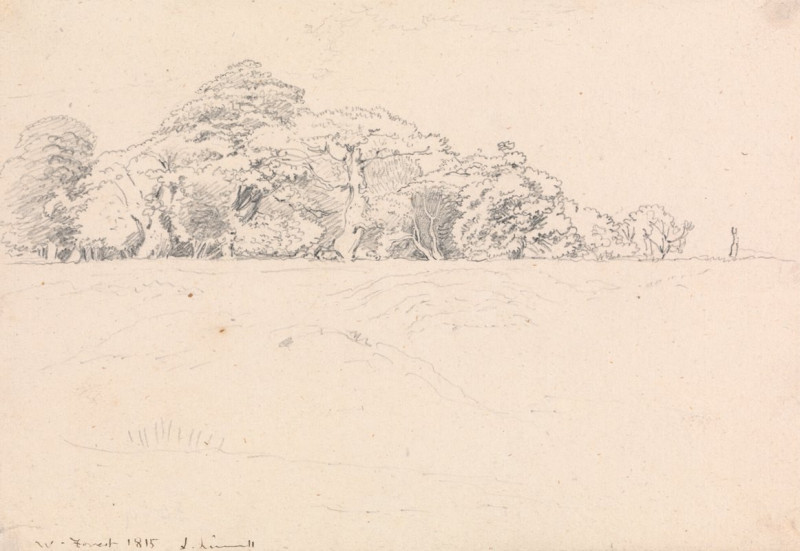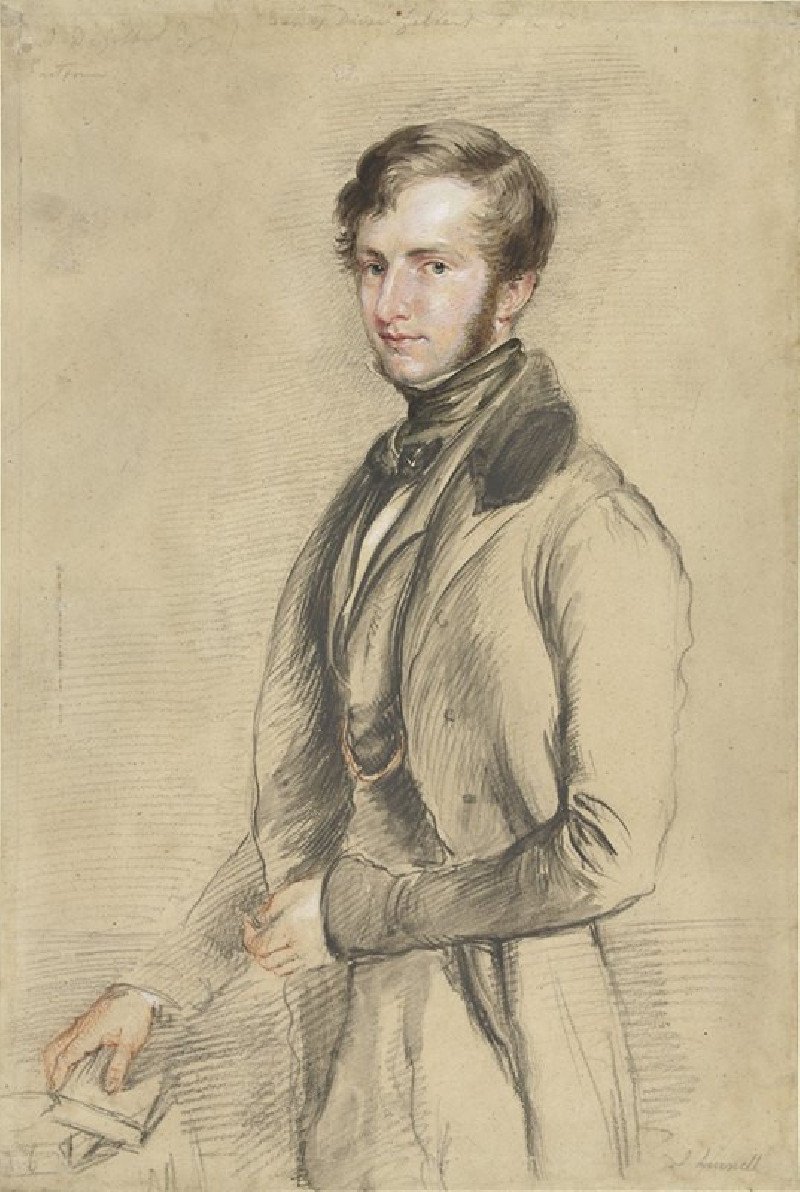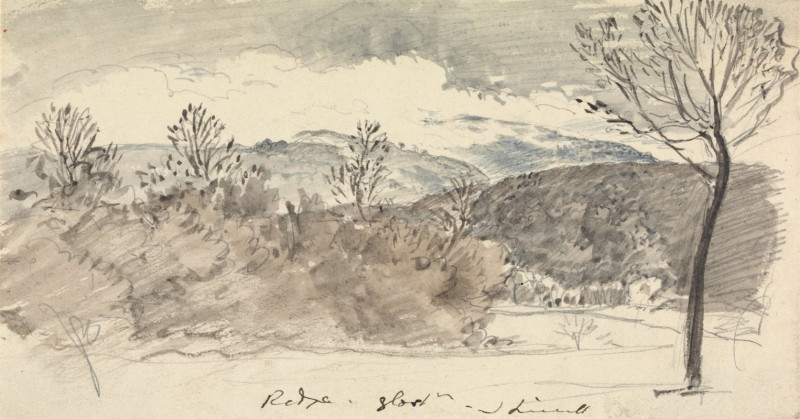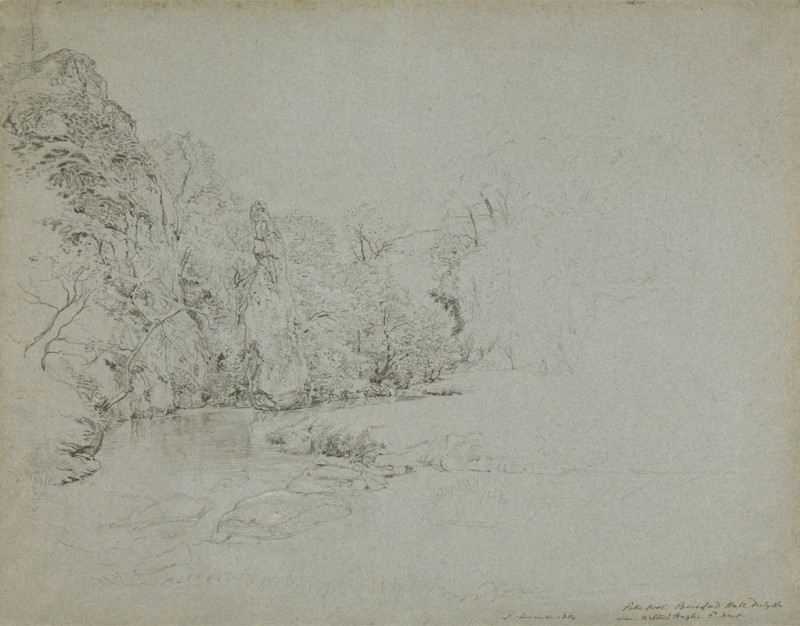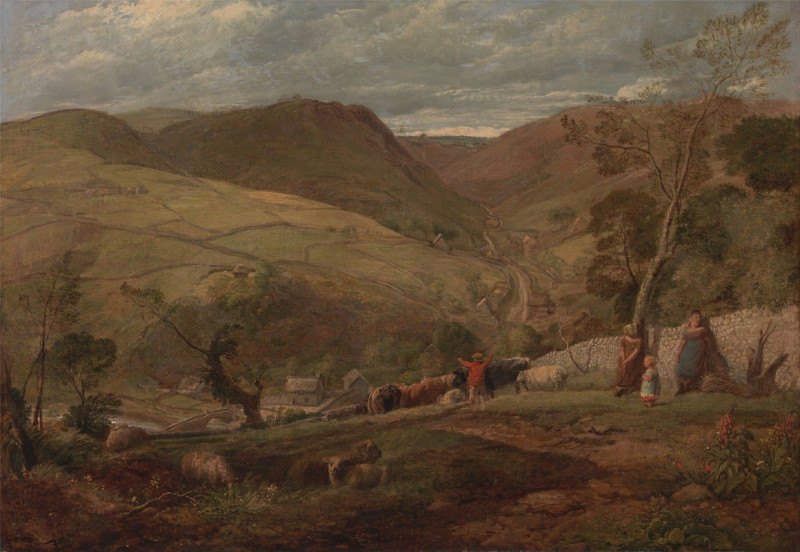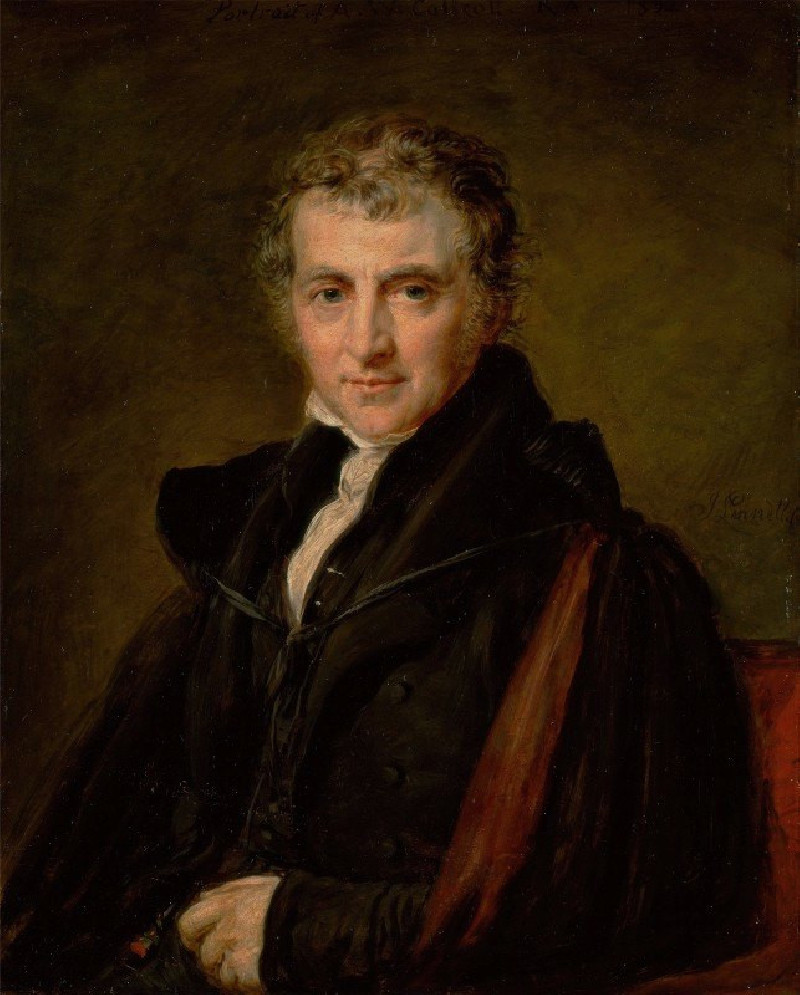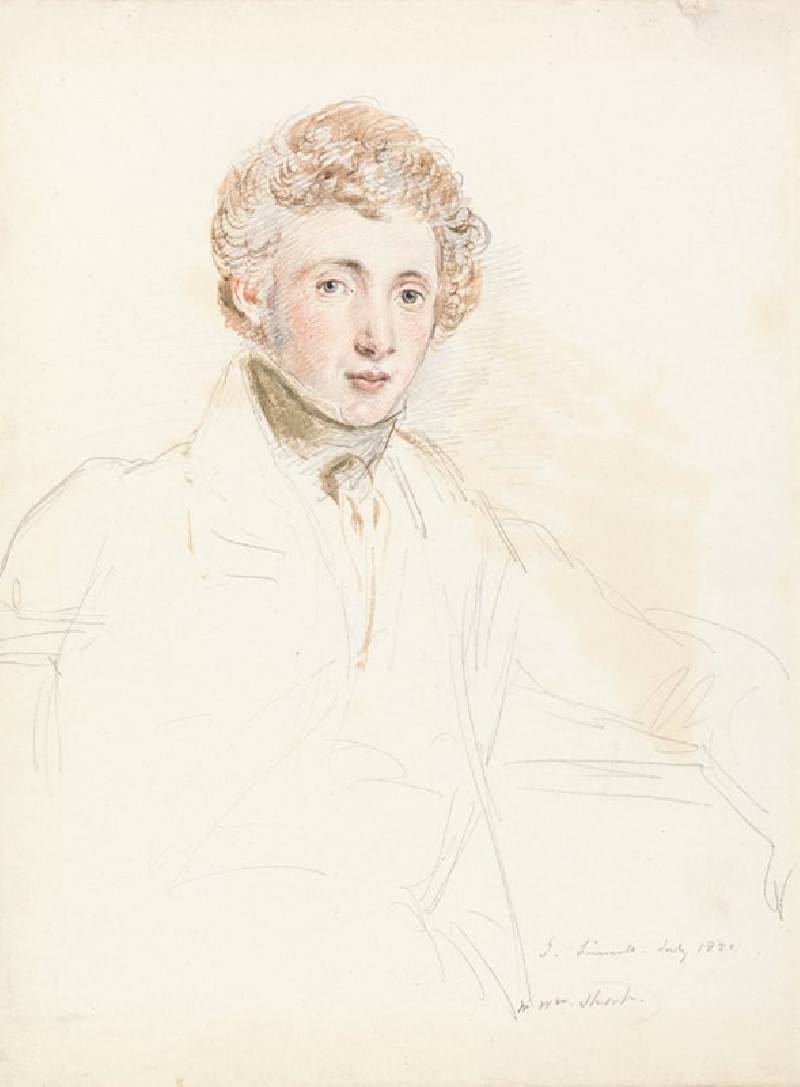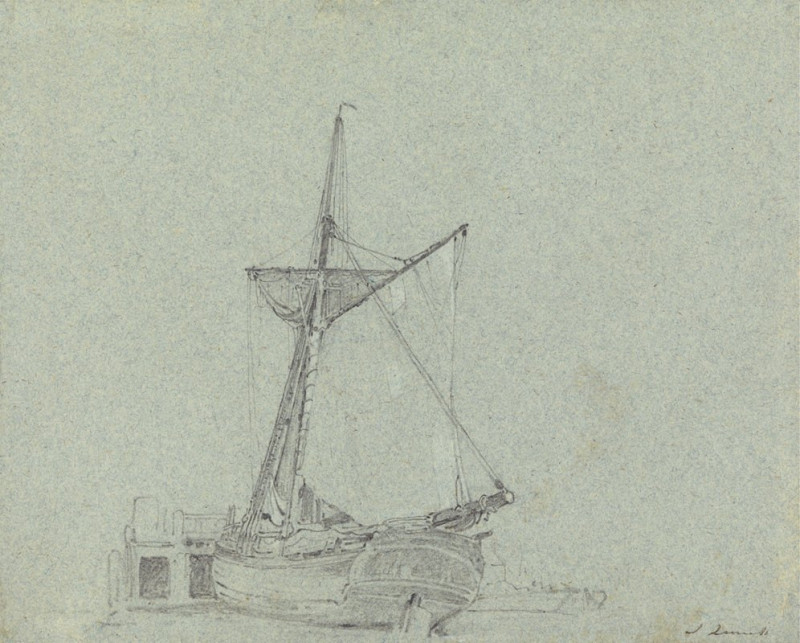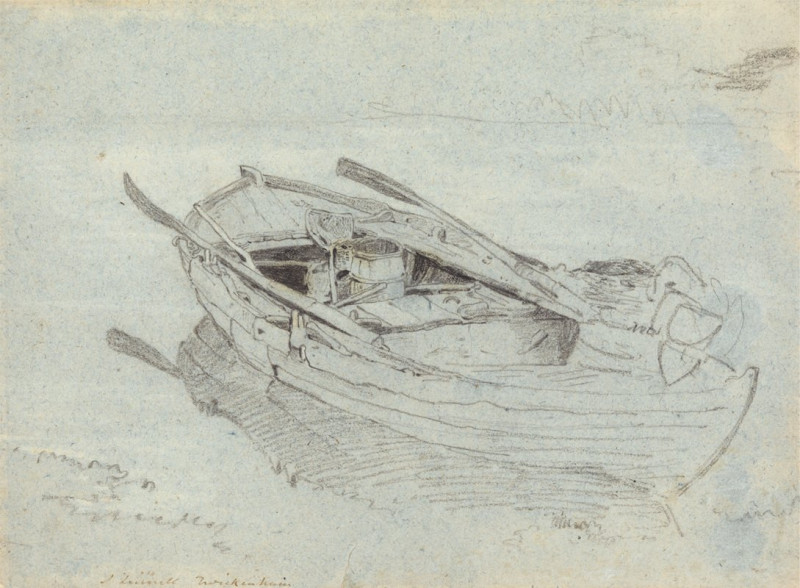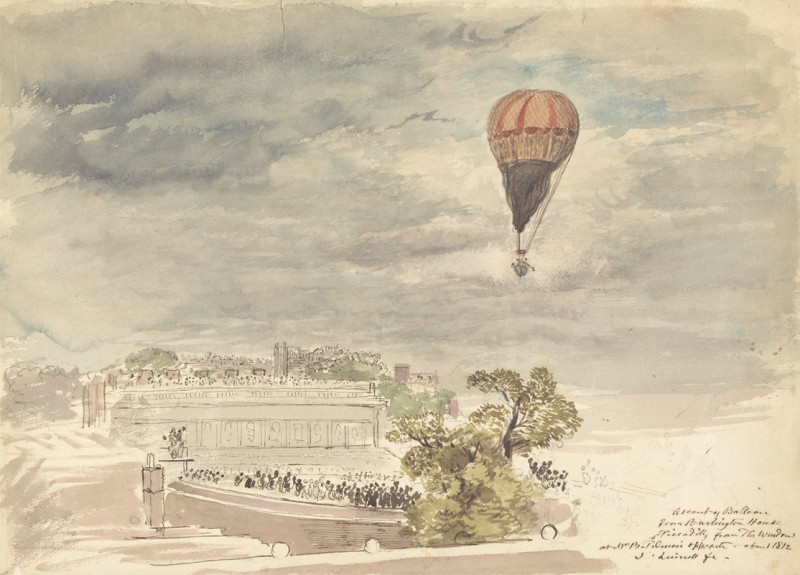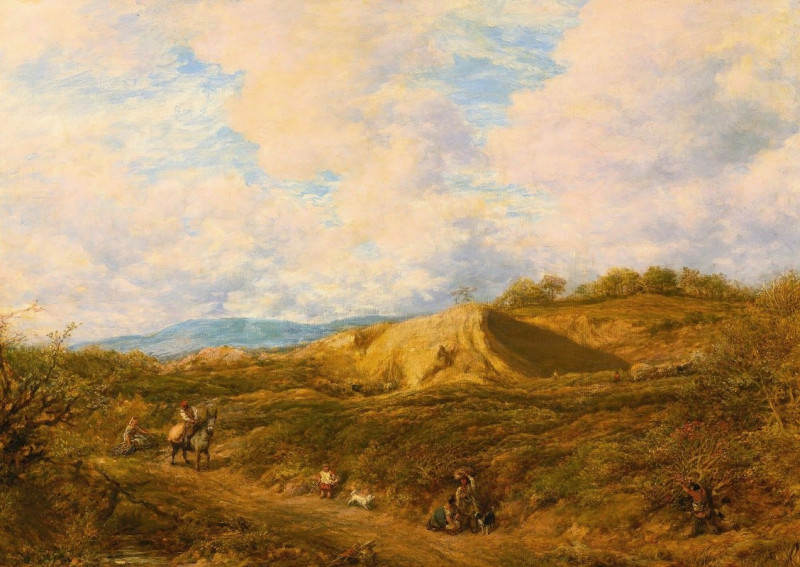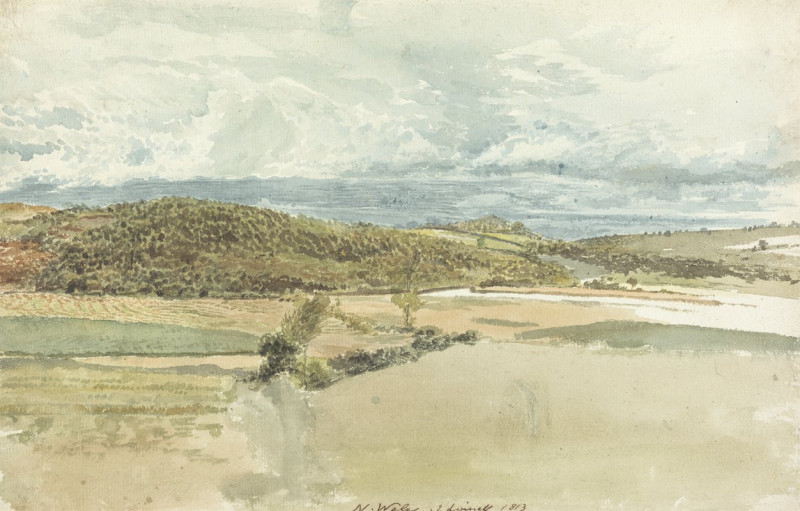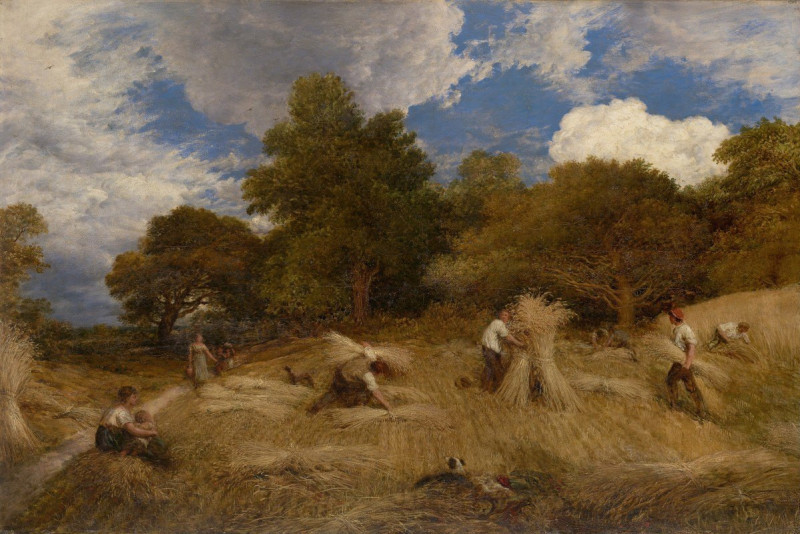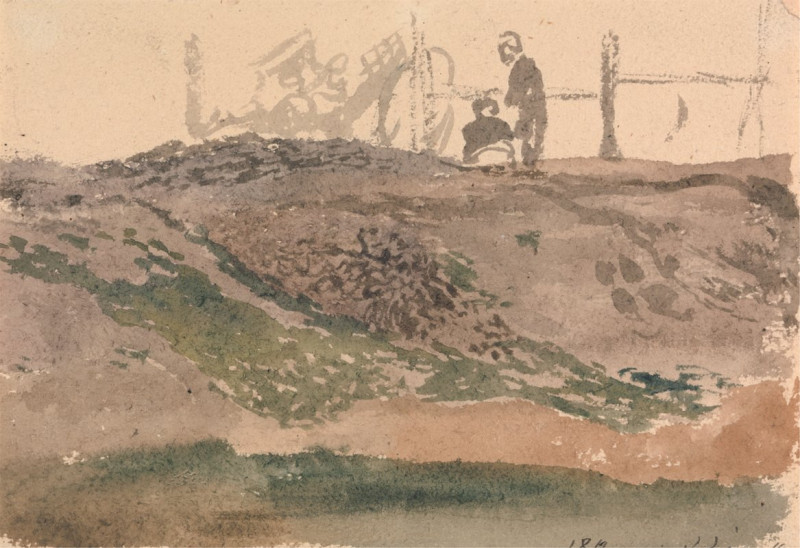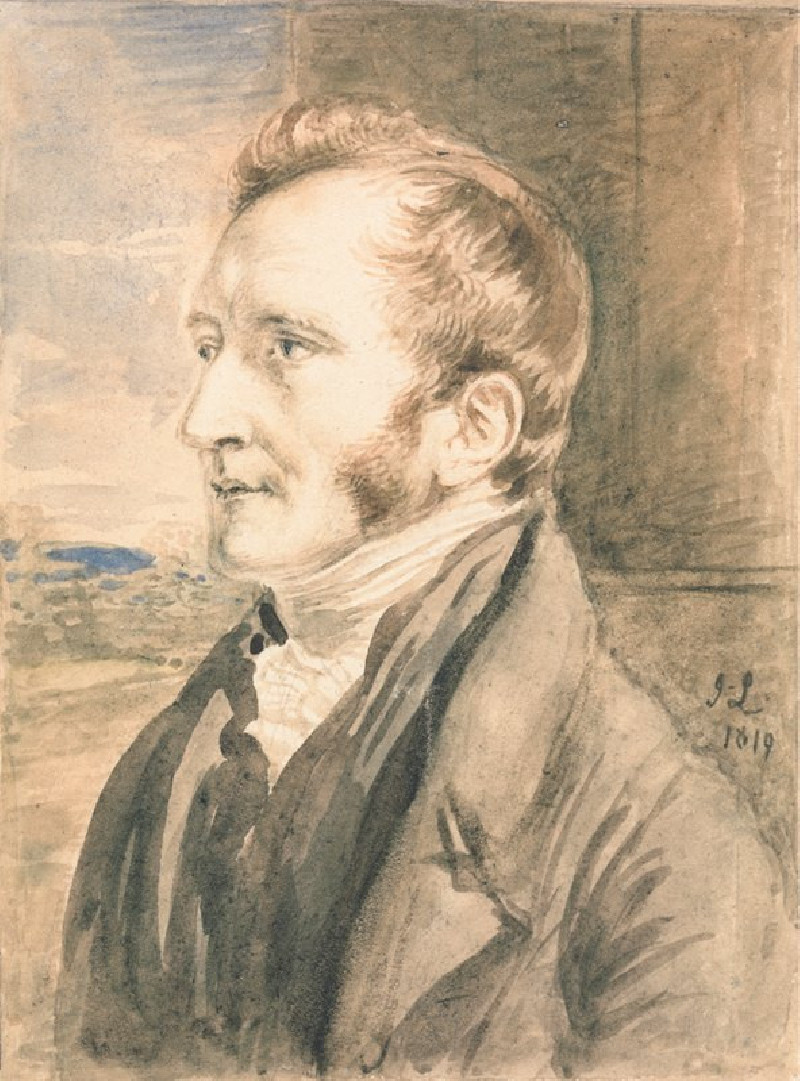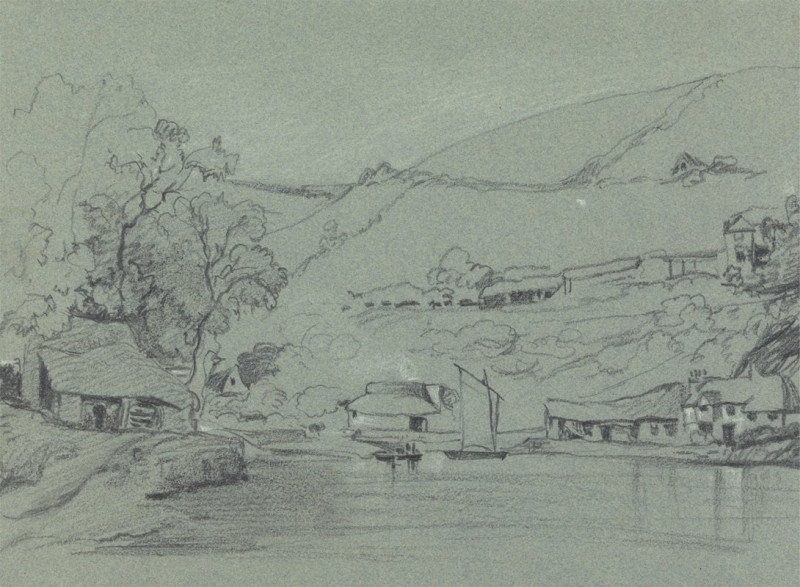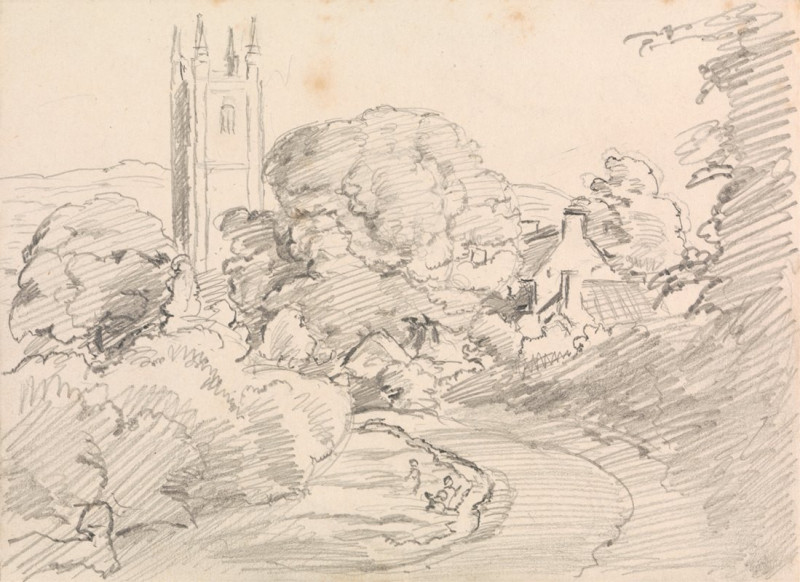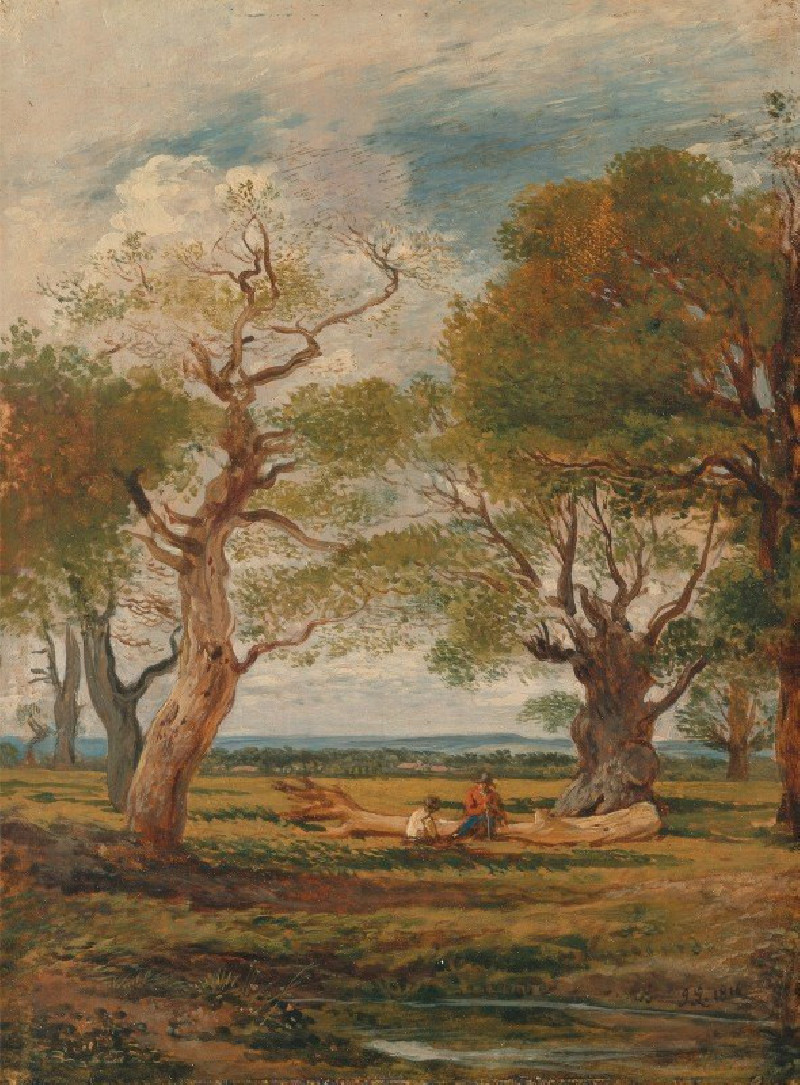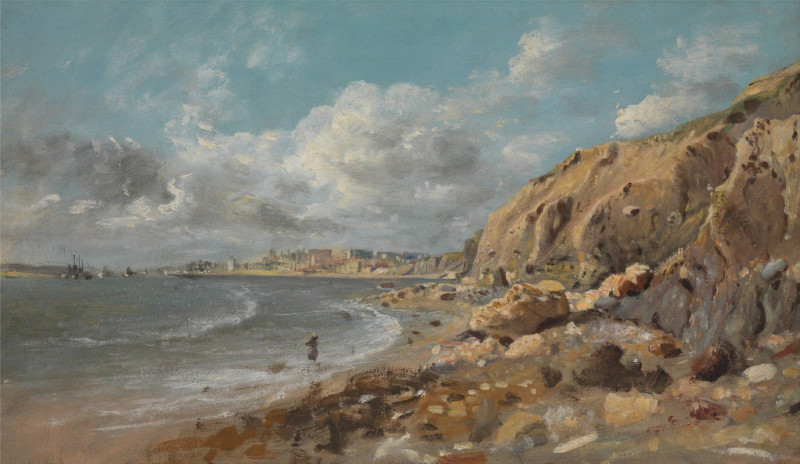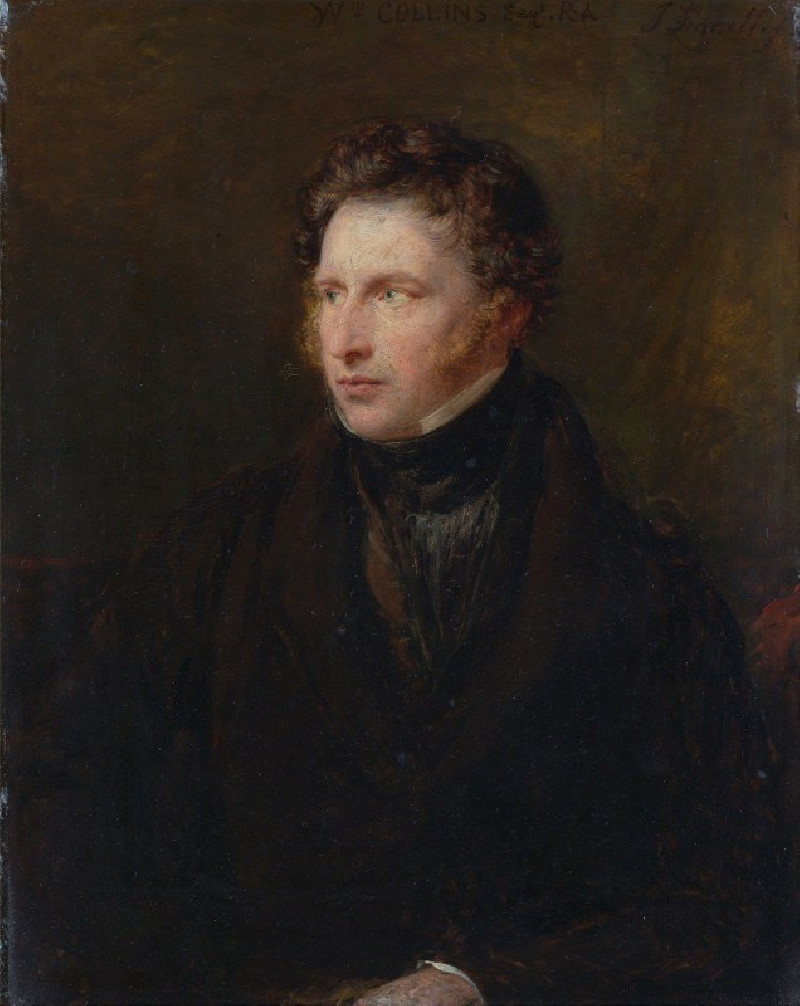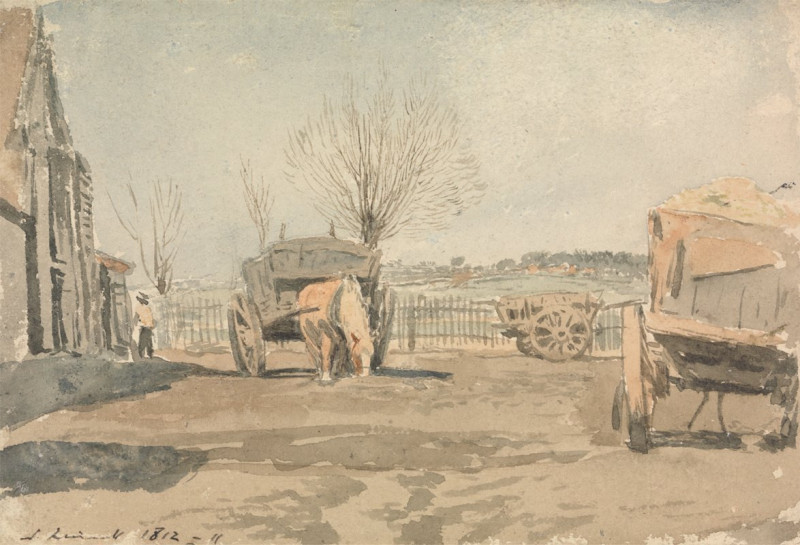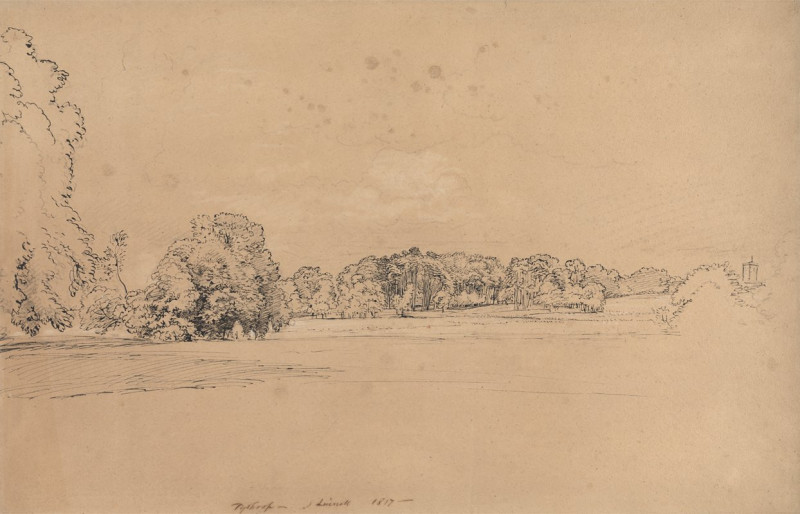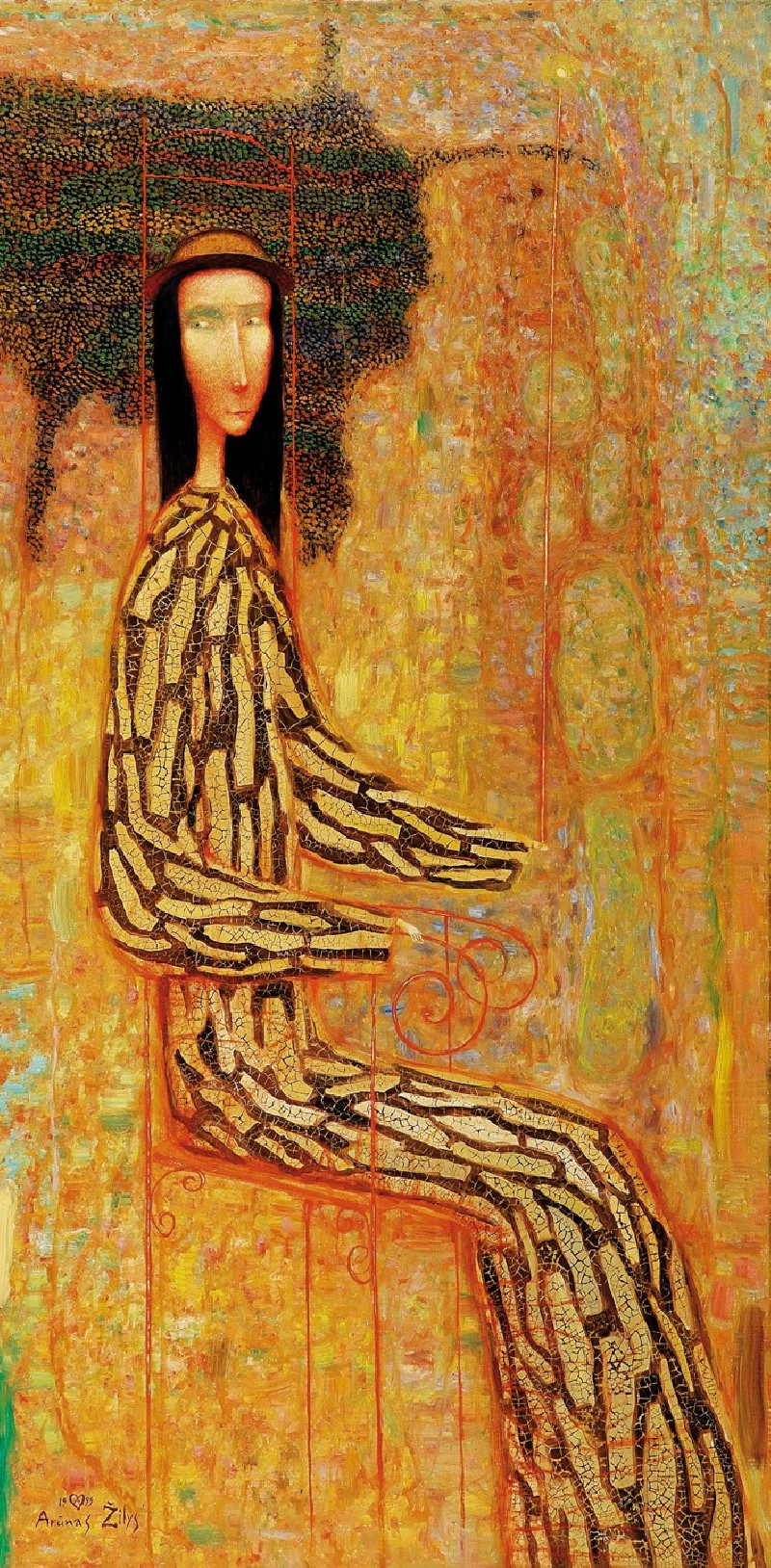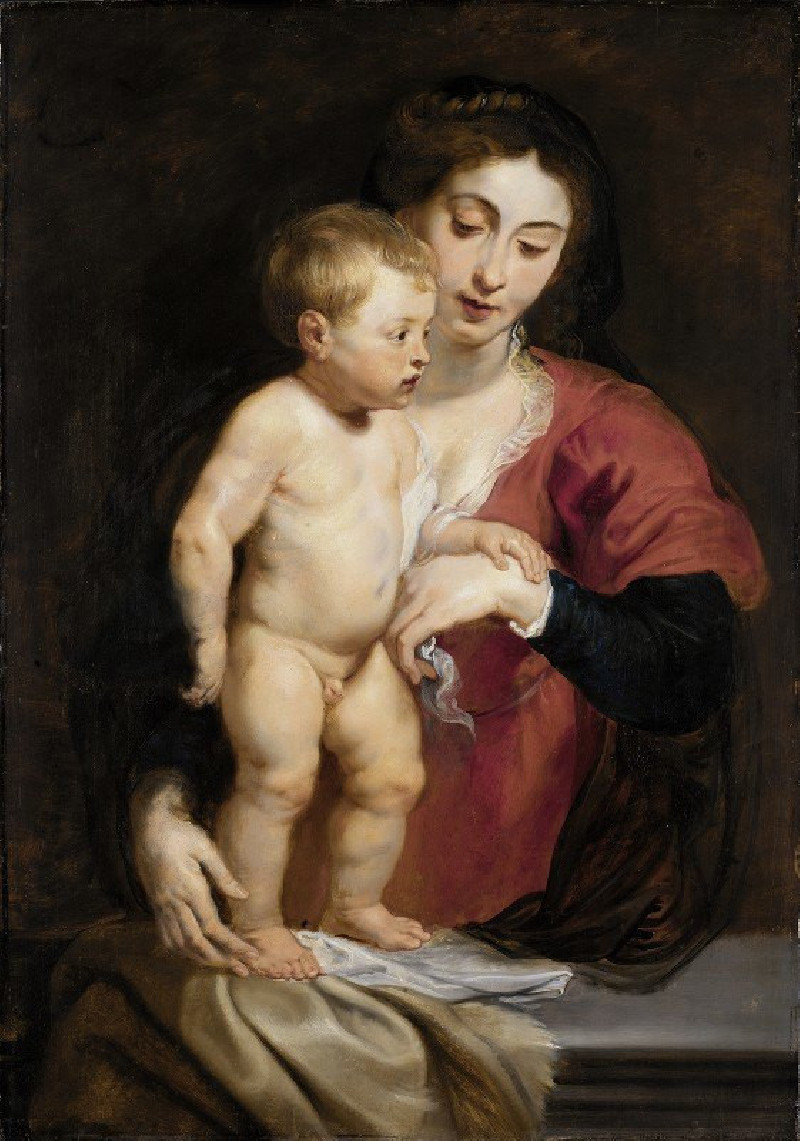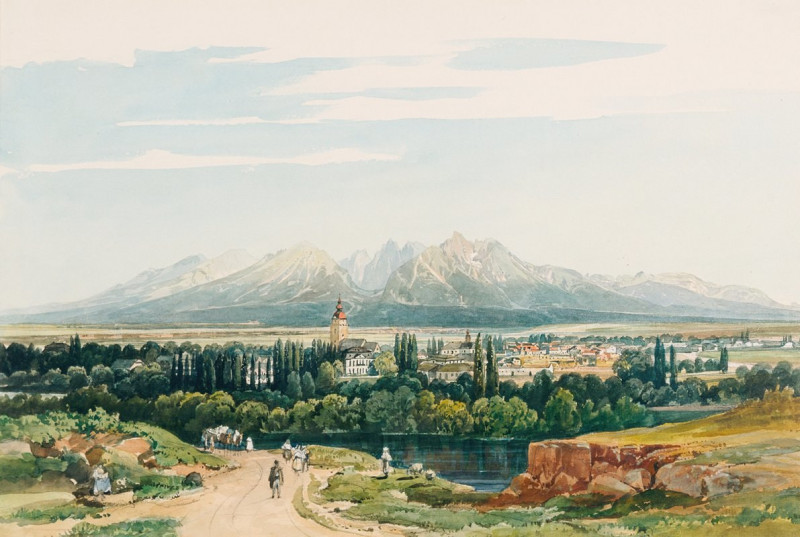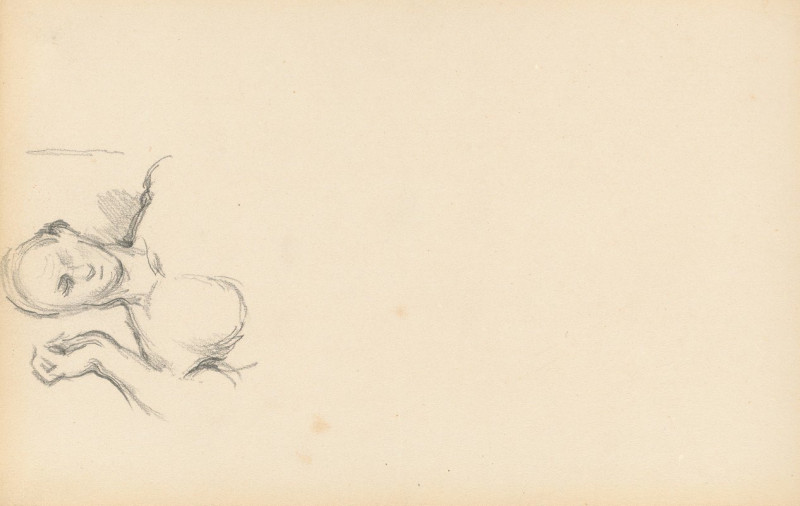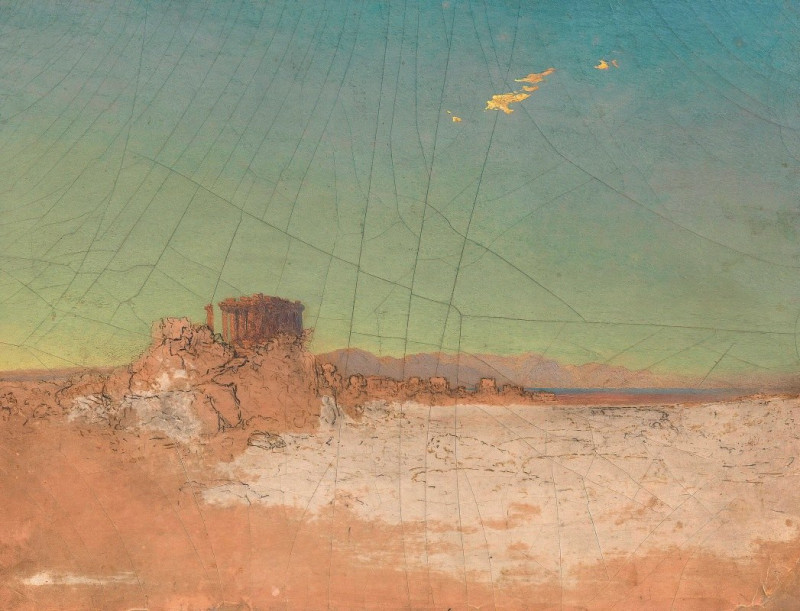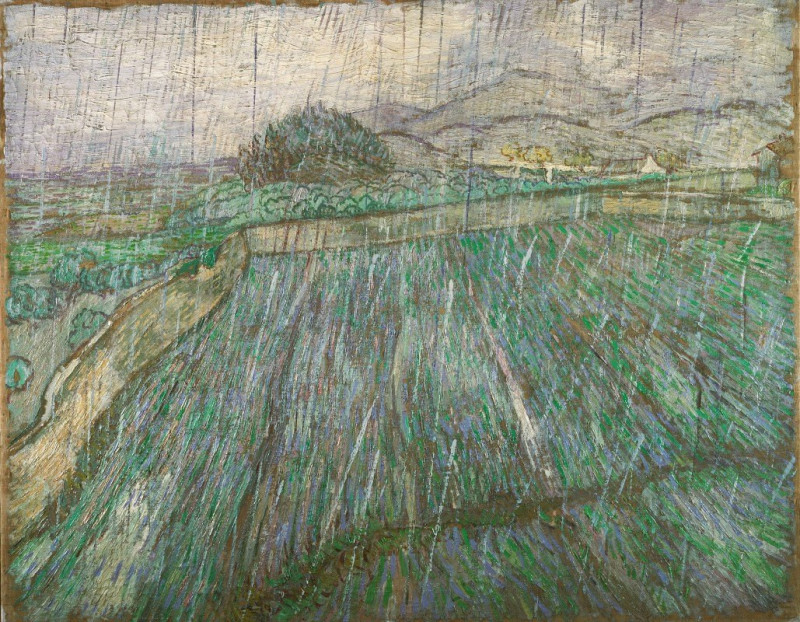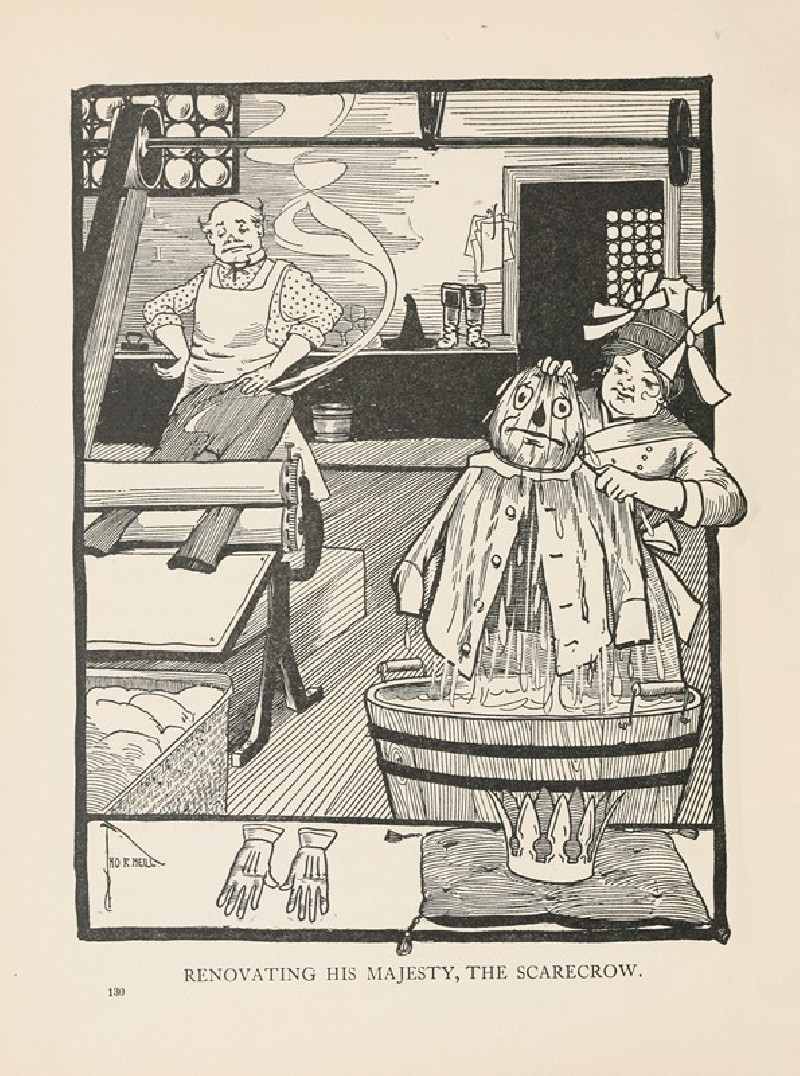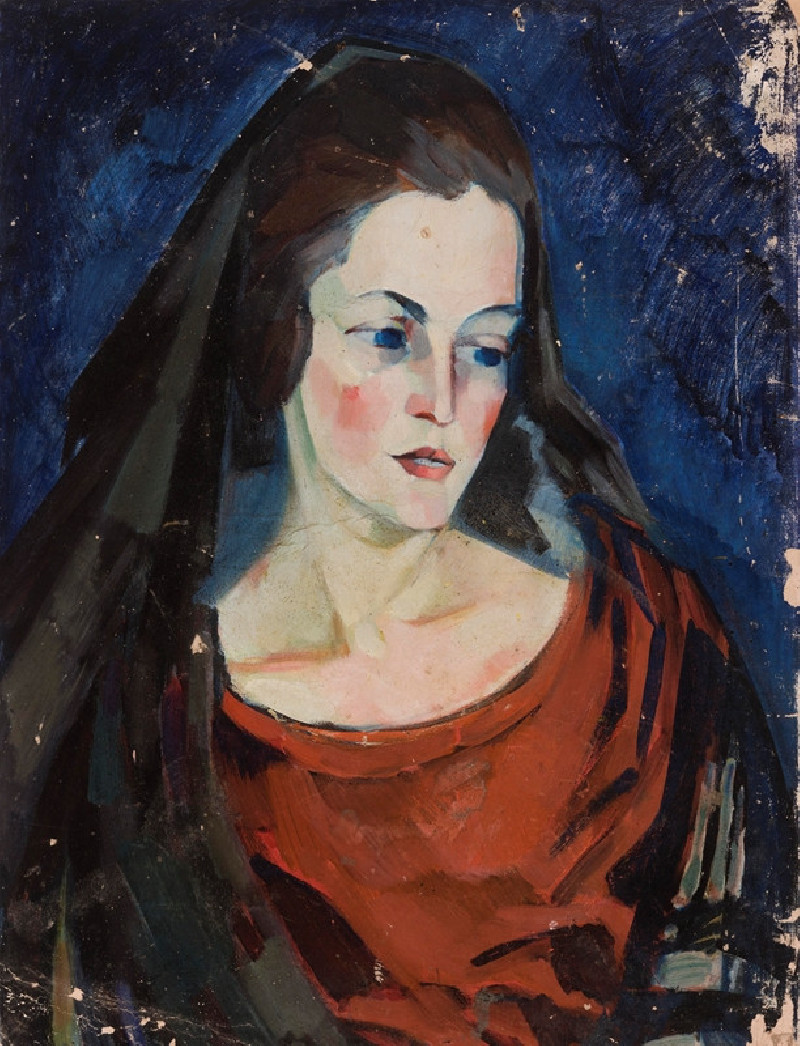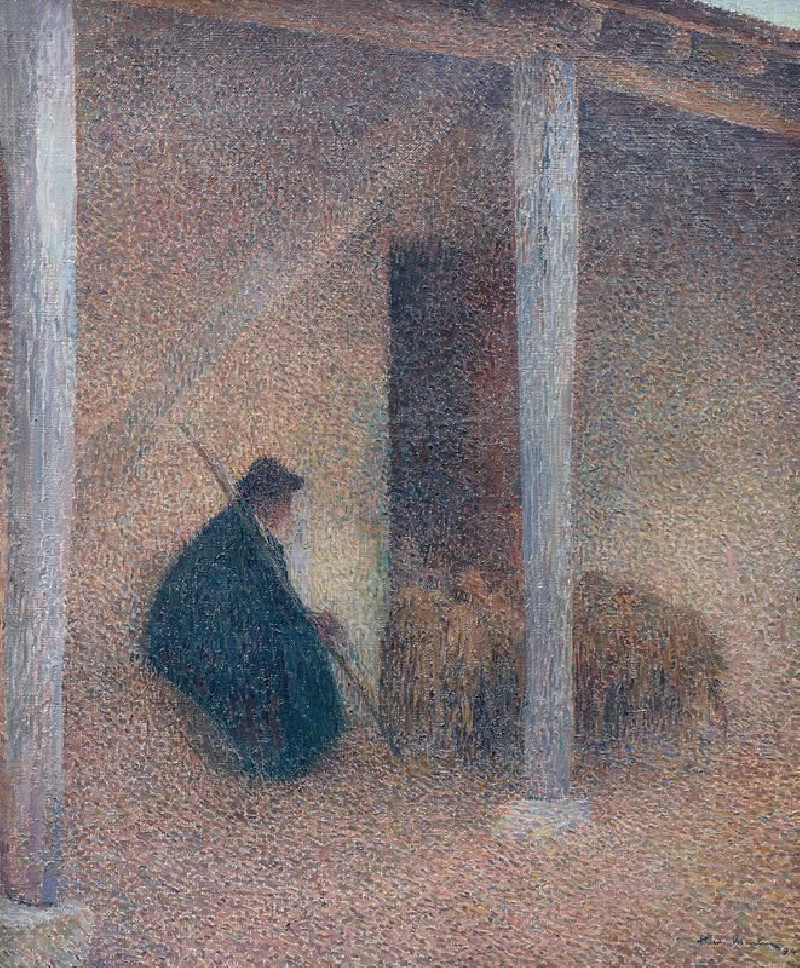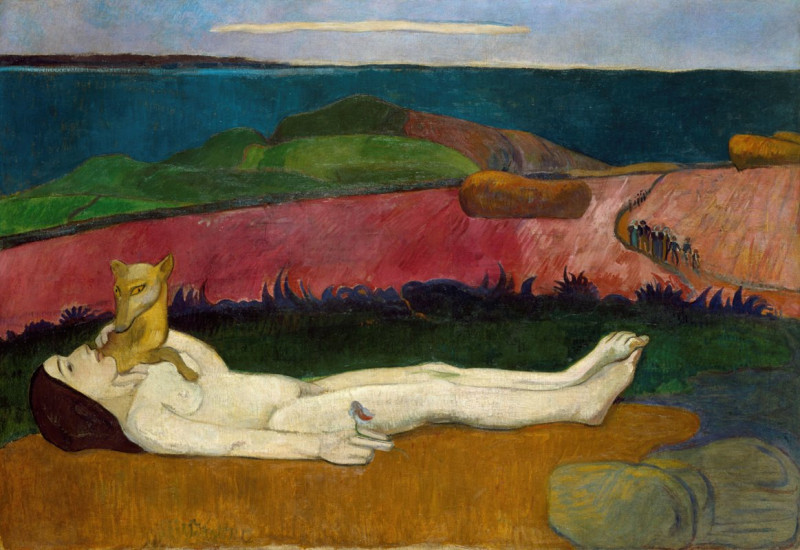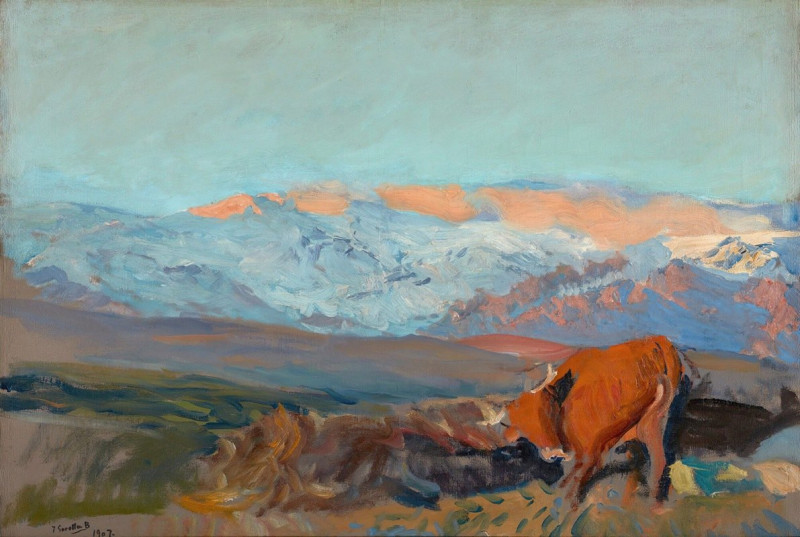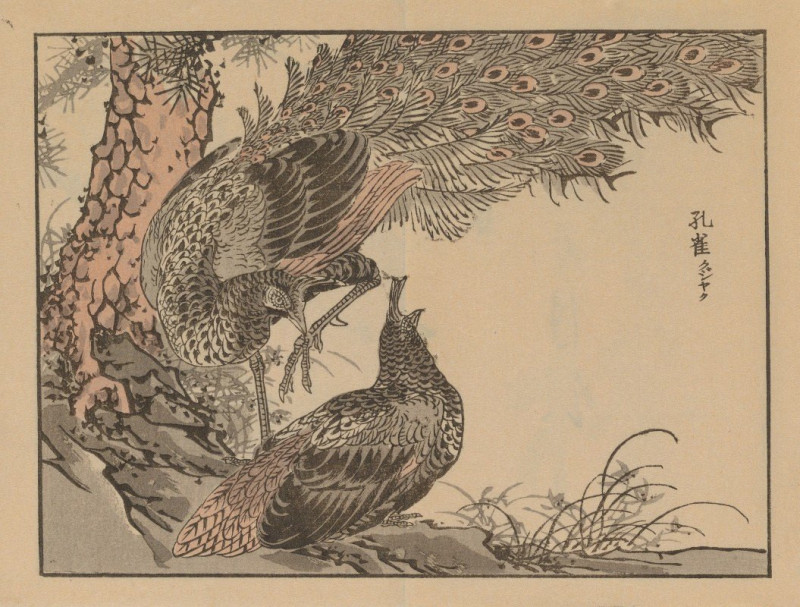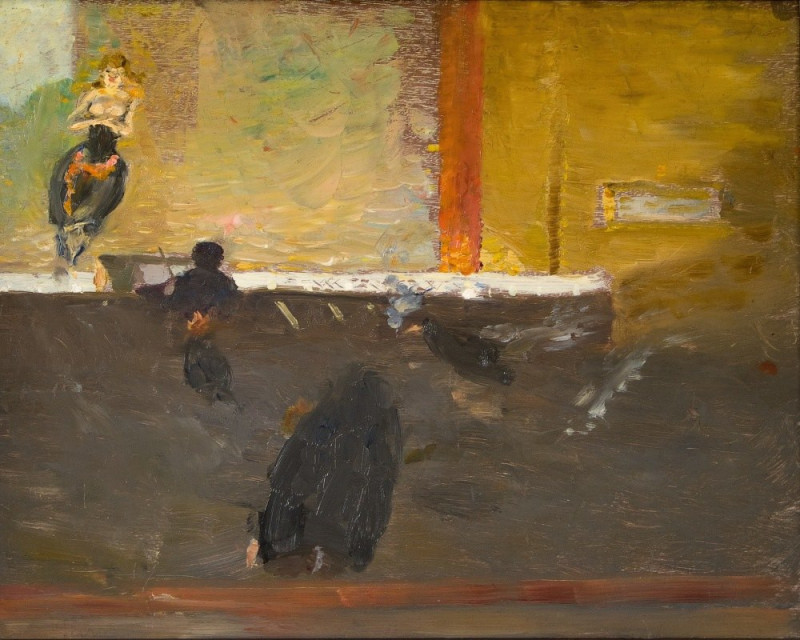Underriver–The Golden Valley (ca. 1833)
Technique: Giclée quality print
Recommended by our customers
More about this artwork
John Linnell’s evocative work "Underriver–The Golden Valley" (ca. 1833) captures an enchanting rural landscape, filled with dynamic forms and a sweeping sense of depth. In this drawing, Linnell employs a controlled yet expressive ink line to delineate the rolling contours of the countryside, showcasing his mastery in rendering natural scenarios with a vibrant and almost lyrical quality.The composition is framed by robust trees in the foreground, their detailed leaves and branches delicately inked to provide an organic border that guides the viewer's gaze into the distance. These natural elements successfully introduce a feeling of intimacy, drawing one into the secluded valley depicted in the heart of the piece. The middle ground is a serene patchwork of cultivated fields, dotted with rural dwellings. Their small size compared to the vastness of the landscape emphasizes the grandeur of nature, which is a recurring theme in Linnell's work.Beyond this peaceful settlement, the land rises gently into distant hills, which are sketched with lighter, more ephemeral lines, suggesting the haze of distance and the vast open sky that crowns the scene. The use of shading and varied line density not only brings out the textural qualities of the vegetation and terrain but also plays with light and shadow, adding a dramatic yet peaceful atmosphere to the drawing."Underriver–The Golden Valley" is more than just a picturesque scene; it is an exploration of the sublime beauty found in the English landscape, and a testament to Linnell’s ability to capture both the physical and emotive essence of the natural world.
Delivery
Returns
John Linnell was an English engraver, and portrait and landscape painter. He was a naturalist and a rival to the artist John Constable. He had a taste for Northern European art of the Renaissance, particularly Albrecht Dürer. He also associated with Edward Thomas Daniell, and with William Blake, to whom he introduced the painter and writer Samuel Palmer and others.


